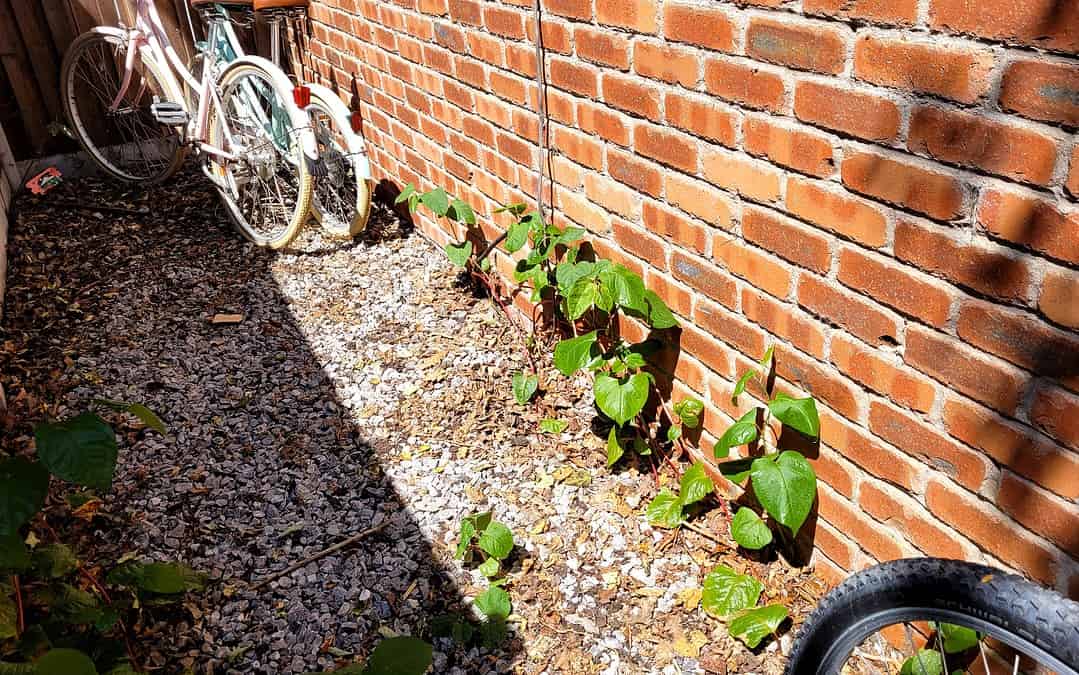The Top 10 Reasons Why Japanese Knotweed is a Threat to Your PropertyJapanese Knotweed is a highly invasive plant species that can cause significant damage to your property if left unaddressed. This plant can grow up to 10 feet tall, and its roots can reach a depth of 6 feet, making it difficult to remove. The following are the top 10 reasons why Japanese Knotweed is a threat to your property and why it’s important to take action to prevent its spread. 1. Property DamageJapanese Knotweed is notorious for causing property damage. Its deep roots can weaken building foundations, retaining walls, and even pavements. This plant can also cause structural damage to homes, businesses, and other buildings, making it a major concern for property owners. 2. Difficulty in RemovalRemoving Japanese Knotweed is a difficult and costly process. Its deep roots make it challenging to extract, and its fast growth rate means that new growth can quickly emerge if even a small piece of the Rhizome is left behind. This can make it difficult for property owners to effectively remove the plant and prevent its spread. 3. Negative Impact on Property ValueJapanese Knotweed can have a negative impact on the value of your property. This plant is considered a nuisance by many banks and lenders, and they may not be willing to finance properties that are affected by it. This can make it difficult for property owners to sell their property, and it can also lower the overall value of the property. 4. Legal LiabilitiesJapanese Knotweed can also pose legal liabilities for property owners. If the plant spreads from your property to your neighbor’s property, you may be held responsible for the damage it causes. In some cases, you may also be responsible for the cost of removing the plant from your neighbor’s property. 5. Environmental DamageJapanese Knotweed can also cause significant environmental damage. It can outcompete native vegetation, causing harm to local ecosystems and wildlife. The plant can also contribute to soil erosion and water pollution, making it a major concern for the environment. 6. Pest AttractionJapanese Knotweed can also attract pests such as deer, rabbits, and rodents, which can further damage your property. These pests can cause damage to gardens, crops, and other vegetation, and they can also be a nuisance for property owners. 7. Difficulty in Insurance ClaimsIf your property is affected by Japanese Knotweed, it can be difficult to make insurance claims for the damage it causes. Many insurance companies consider the plant a pre-existing condition, and they may not cover the cost of removing it or repairing the damage it causes. 8. Spread by Water and WindJapanese Knotweed is highly adaptive and can spread quickly. The plant’s seeds can be carried by water and wind, making it difficult to control and prevent its spread. This can make it difficult for property owners to effectively manage the plant and prevent its spread. 9. Costly Control MeasuresControlling Japanese Knotweed can be a costly process. It requires specialized equipment, chemicals, and a significant amount of time and labor to effectively remove the plant and prevent its spread. This can make it a major financial burden for property owners. 10. Long-Term MaintenanceJapanese Knotweed is a persistent plant species that can reemerge even after it has been removed. This means that property owners must be prepared for long-term maintenance and monitoring to prevent its spread and ensure that it does not cause further damage to their property. It’s important for property owners to take action to prevent and control the spread of Japanese Knot
|
01618830666
